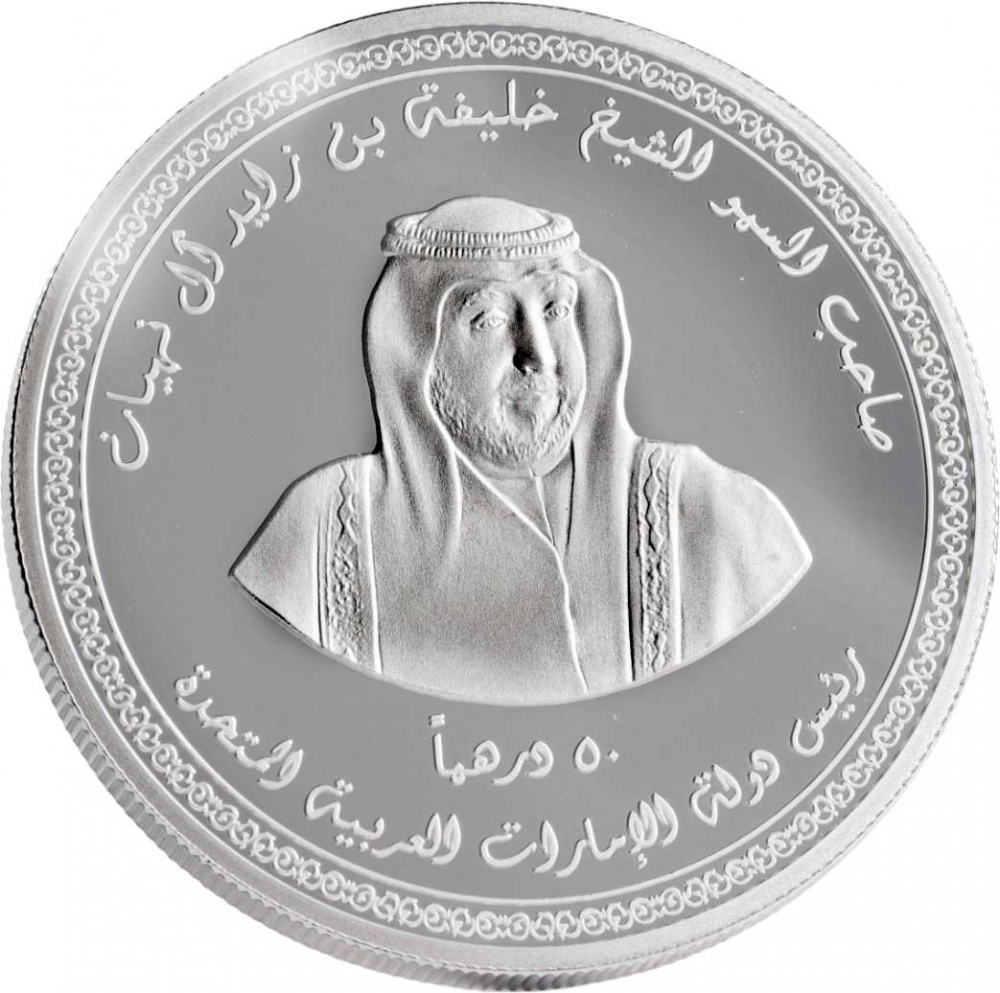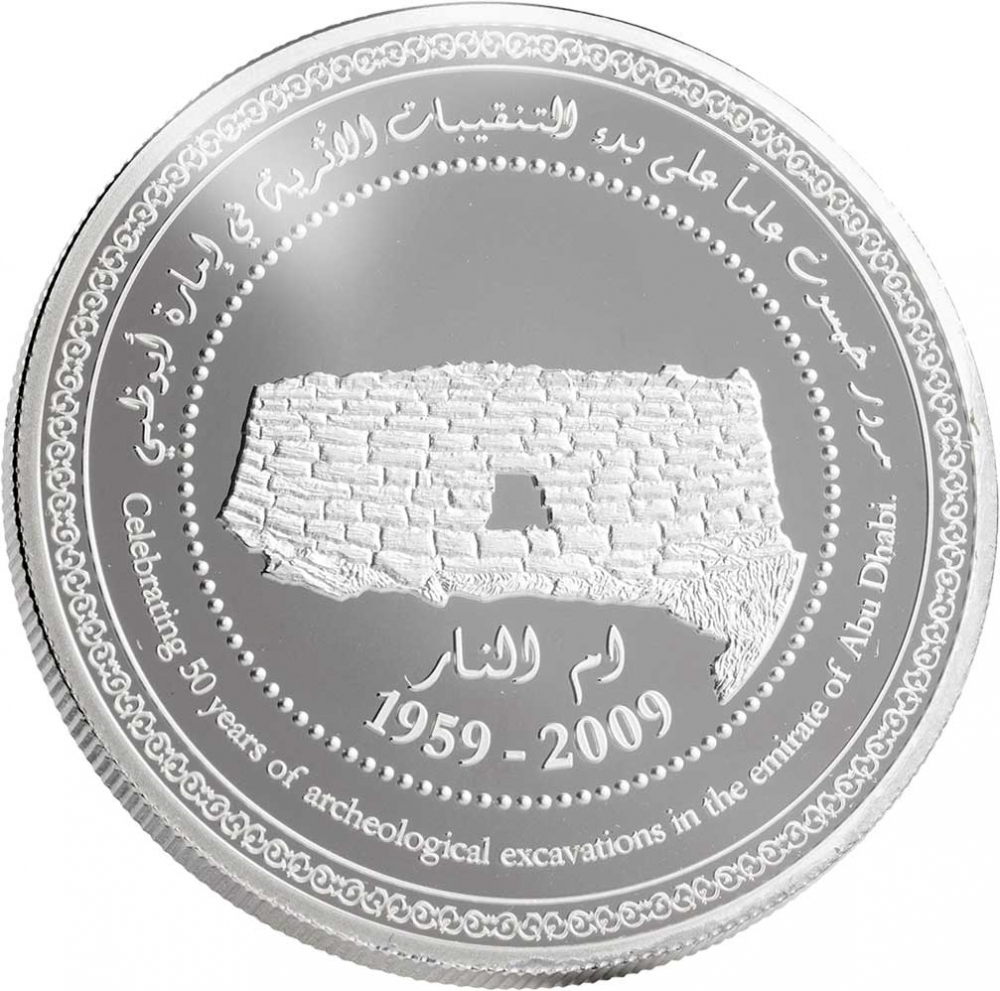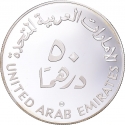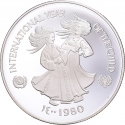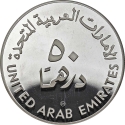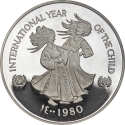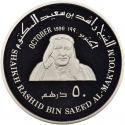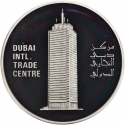You are about to finish your registration. Please check your mailbox (including spam folder). There should be a letter with a confirmation link. Check setting to make sure that your e-mail address is correct.
Send letter againDescription
The first archaeological excavations in the UAE took place in 1959, led by Peter Glob and his assistant Geoffrey Bibby from Aarhus University. The initiative began when Temple Hillyard, the director of Abu Dhabi Marine Areas Ltd, invited them to examine graves on the small island of Umm Al Nar, guided by Sheikh Shakhbut bin Sultan Al Nahyan. Hillyard had noted similarities to Bronze Age tumuli in Bahrain. During the excavations, Sheikh Zayed bin Sultan Al Nahyan visited and mentioned more artefacts in Al Ain, leading the archaeologists to discover around 200 Hafit period burial cairns. Zayed also guided them to other significant sites, including the Iron Age site of Rumailah.
Sheikh Khalifa bin Zayed Al Nahyan (1948–2022), the UAE's second president and ruler of Abu Dhabi from November 2004 to May 2022, was the eldest son of the UAE's first president, Zayed bin Sultan Al Nahyan. He took on a significant role in the late 1990s due to his father's health issues and officially became Abu Dhabi's leader in 2004. His tenure saw cultural and academic growth, including the Louvre Abu Dhabi and Etihad Airways. Under his leadership, the UAE became a major economic power. Known for his pro-Western stance, he strengthened ties with the US and Israel.
Obverse

|
Depicts a portrait of Sheikh Khalifa bin Zayed Al Nahyan facing right, wearing a traditional cloak and headpiece, denomination below portrait enclosed by inscriptions in Arabic "His Highness Sheikh Khalifa bin Zayed Al Nahyan" above and "President of the United Arab Emirates" below surrounded by Islamic ornamented edge. صاحب السمو الشيخ خليفة بن زايد آل نهيان |
|---|---|
Reverse

|
Depicts a Hafit period beehive tomb at Jebel Hafit with its name, dates of first excavation, and year of issue below the building within a beaded circle. The inscription of the occasion in Arabic and English encircles the tomb, surrounded by an Islamic ornamented edge. مرور خمسون عاماً على بدء التنقيبات الأثرية في إمارة أبوظبي |
| Edge |
50 Dirhams
50th Anniversary of Abu Dhabi's First Archaeological Excavation
N# 91970
50th Anniversary of Abu Dhabi's First Archaeological Excavation
